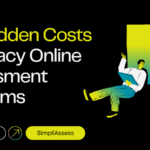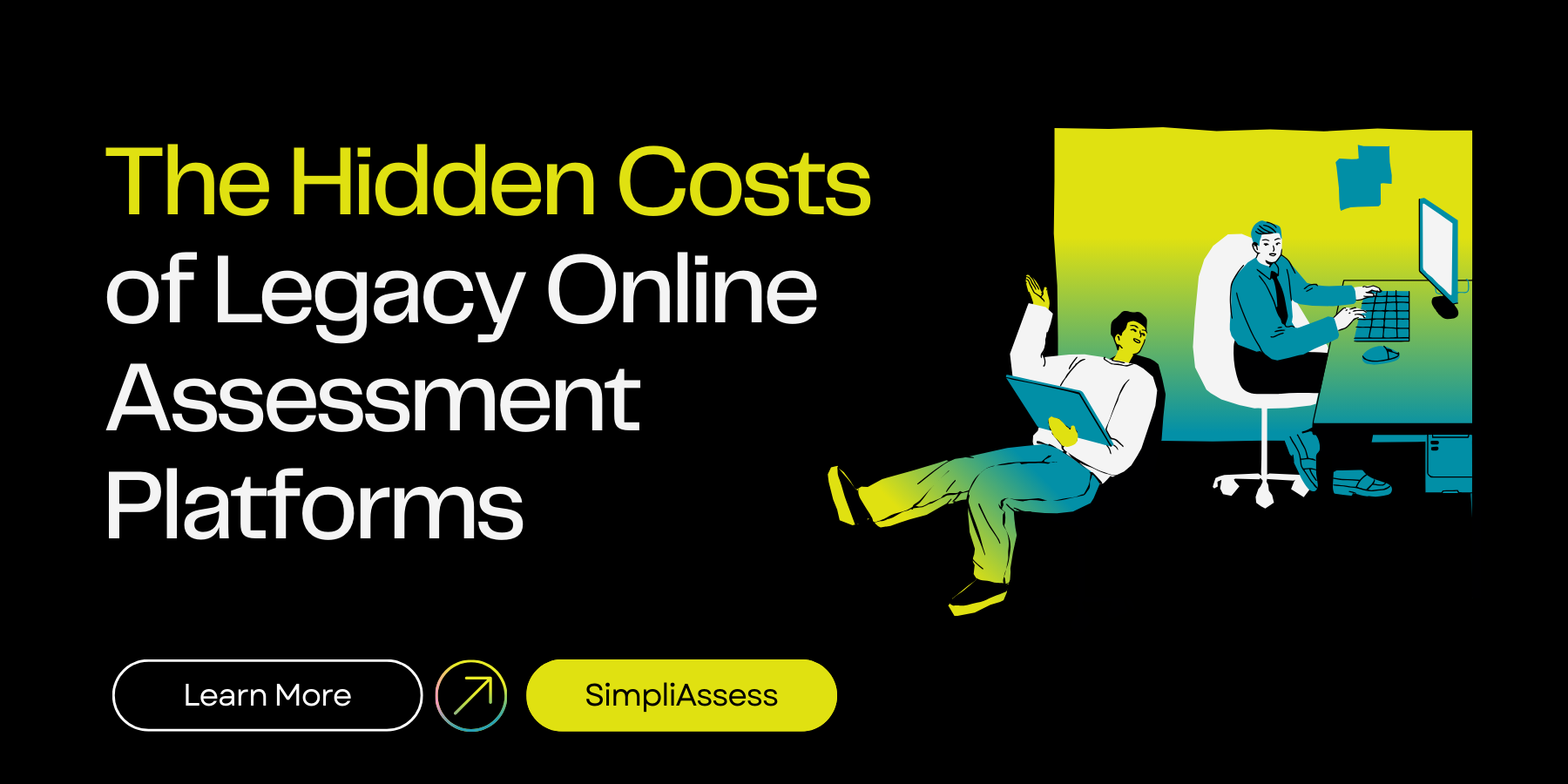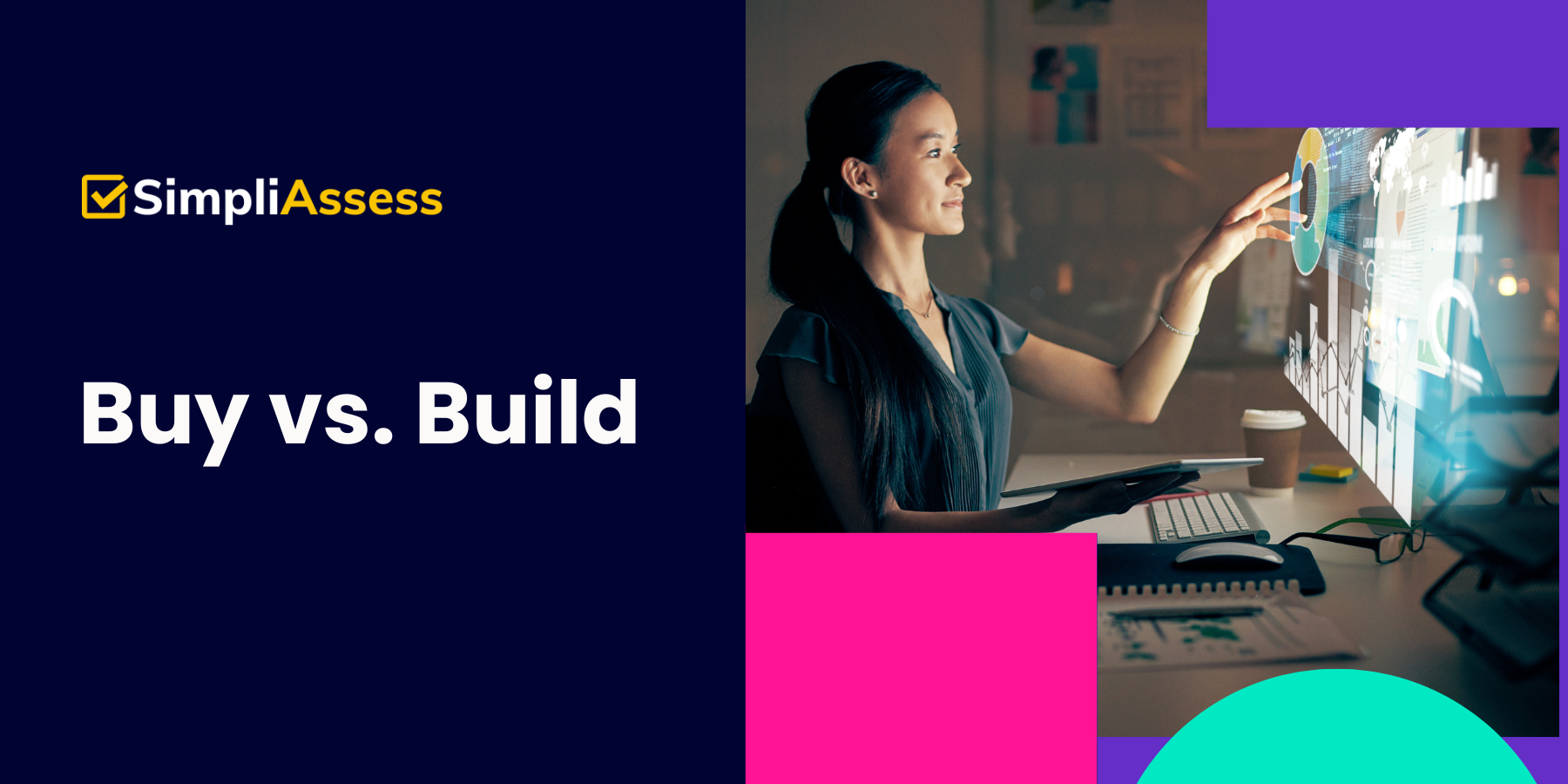
Migrating from Legacy to Next-Generation Online Assessment Platforms: Tips & Best Practices to get it Right
Introduction
In today’s fast-paced digital landscape, organizations across various industries are embracing technological advancements to optimize their operations. One such area that has witnessed a significant transformation is the realm of online assessments. As legacy assessment platforms become outdated, businesses are increasingly turning to next-generation online assessment platforms to streamline their evaluation processes. However, making a successful transition requires careful planning and execution.
In this article, we will explore some essential tips and best practices to ensure a seamless migration, enabling you to embrace the future of online assessments.
Next-generation online assessment platforms offer the advantage of scalability, allowing organizations to handle varying assessment volumes and accommodate growth. They also provide flexibility in terms of customization and adaptability to changing business needs. You can leverage these capabilities to future-proof your assessment processes and ensure long-term scalability.
Evaluate your current assessment system
Before embarking on the migration journey, it’s crucial to evaluate your existing legacy system and identify its strengths and weaknesses. Take into account factors such as scalability, security, user experience, and feature set. This assessment will provide valuable insights into what needs improvement and help you set clear goals for the migration process.
Define your requirements
Once you understand the limitations of your current system, define your requirements for the next-generation online assessment platform. Consider elements like advanced analytics, customizable assessments, mobile compatibility, integration capabilities, and scalability. By having a clear vision of what you expect from the new platform, you can effectively evaluate potential vendors and make an informed decision.
Choose the right vendor
Selecting the right vendor is critical for a successful migration. Look for established providers with a proven track record and a strong customer base. Evaluate their expertise, reliability, security measures, and the ability to meet your specific requirements. Consider seeking recommendations from industry peers and conducting thorough evaluations and demos to ensure the chosen platform aligns with your organization’s objectives.
Establishing a strong partnership with your chosen vendor can significantly contribute to a successful migration. Engage in regular communication with the vendor, participate in user groups or advisory boards, and provide feedback on product enhancements. Collaborating closely with the vendor will ensure that your organization's needs are considered in future updates and improvements.
Plan the migration process
Develop a comprehensive migration plan that outlines key milestones, timelines, and resource allocation. Consider involving stakeholders from different departments to ensure a holistic approach. Assign dedicated personnel or teams to manage the migration process, keeping in mind the need for effective communication and training throughout the transition.
Data migration and integration
Ensure a smooth transfer of data from your legacy system to the new platform. Collaborate closely with your chosen vendor to establish a data migration strategy that minimizes disruptions and ensures data integrity. Additionally, focus on integrating the new assessment platform with your existing systems, such as learning management systems (LMS), human resources information systems (HRIS), and applicant tracking systems (ATS), to create a unified ecosystem.
Seamless integration with existing systems is vital for a smooth migration process. Next-generation platforms offer robust integration capabilities with learning management systems (LMS), applicant tracking systems (ATS), and other HR or talent management systems. This integration enables data sharing, simplifies workflows, and enhances the overall efficiency of the assessment process.
User training and support
Invest in comprehensive training programs to familiarize your staff with the new assessment platform. Provide hands-on training sessions, user guides, and ongoing support to ensure a seamless transition and boost user adoption. Encourage feedback from users and address any concerns promptly to foster a positive experience.
Test and refine
Before fully transitioning, conduct rigorous testing and quality assurance to identify and resolve any issues or bugs. Engage a group of users to test the system’s functionalities, gather feedback, and refine the platform accordingly. This iterative process will help optimize the new platform for enhanced performance and user satisfaction.
Communicate the change
Proactive communication is crucial during the migration process. Inform your stakeholders, employees, and users about the upcoming changes, highlighting the benefits and addressing any concerns they may have. Regularly update them on the progress and provide support channels for queries and feedback. By keeping everyone informed and engaged, you can facilitate a smoother transition.
Conclusion
Migrating from legacy to next-generation online assessment platforms is a strategic move that can greatly enhance efficiency, accuracy, and scalability within your organization. By following these tips and best practices, you can minimize disruptions, maximize the benefits of the new system, and ensure a seamless transition. Embrace the power of advanced analytics, customization options, and integration capabilities offered by today’s modern assessment platforms to deliver a superior experience.
Looking to Migrate?
Are you looking to migrate your legacy application but unsure where to start?
SimpliAssess can help you make the transition. Our experts have extensive experience working with clients on their journey towards transformation and modernization. We use our proprietary technology to ensure a smooth and efficient transition for your existing applications. Whether you’re looking to move away from aging platforms or legacy infrastructures, SimpliAssess can provide the guidance and expertise you need. Contact us today to learn more.







